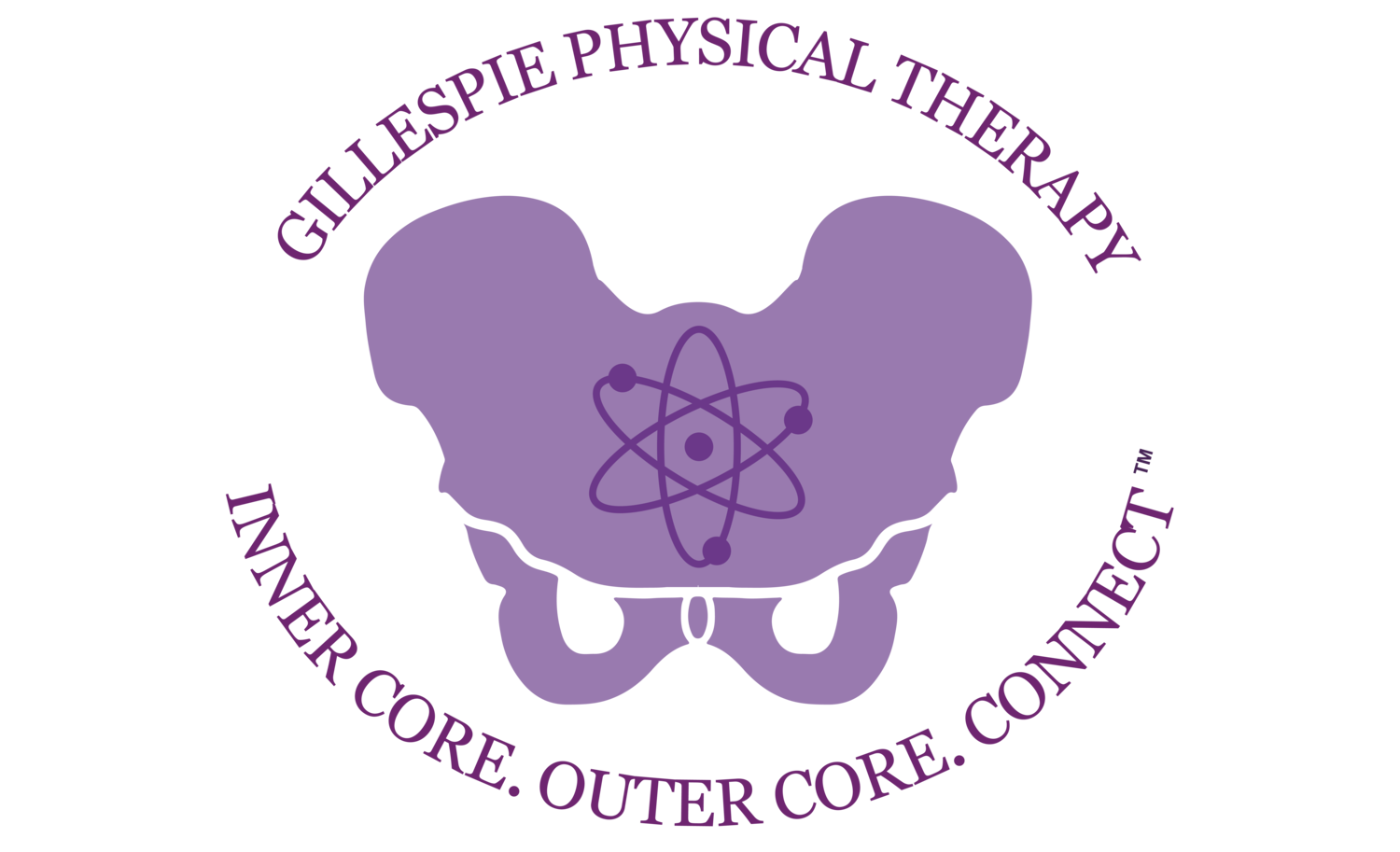
“Gotta Go” Greta: Why did she need to pee every hour?
Greta was a 45 year old real estate agent with interstitial cystitis, also known as bladder pain syndrome (BPS). BPS causes urinary urgency and urinary frequency, or the sudden need to urinate, many times throughout the day and night. Anyone who has seen a positive cystogram study diagnosing interstitial cystitis cringes at the sight of the bright red sores inside the bladder wall. It is a very challenging diagnosis, and can greatly reduce a patient’s quality of life. Surgery was not an option for Greta’s condition, so her urologist sent her to me in the hopes that physical therapy could help.
The lesson of “Standing Suzie” - Don’t be afraid to ask for a pelvic floor assessment.
When I meet with patients who are pregnant, I suggest that when they have their post-delivery check up with their obstetrician at six weeks they ask for a pelvic floor discussion and assessment as needed. I do this because at this early stage of postpartum, it is possible to identify problems that can be resolved with physical therapy. If the patient doesn’t ask for this discussion, it’s unlikely that the doctor will raise the issue at all. This lack of communication is rampant, and quite often the physician does not know where to send the patient, or what type of physical therapy is required. The reasons for this breakdown in knowledge range from a lack of awareness overall to the way our healthcare system operates in the United States. The bottom line is that you must be your own and best advocate. If you feel pain, or wonder why you are incontinent or otherwise compromised, reach out and find a pelvic floor physical therapist who can help.
In France, every woman who delivers a baby is offered ten weeks of Women’s Health Physical Therapy. They can either have biofeedback with an internal sensor or ten weeks of manual physical therapy.
I think about one of my patients in particular, named Suzie, because if she had lived in France and received even just two weeks of physical therapy, the therapists would have found several issues following her second pregnancy and Suzie’s correction would have been much faster, avoiding many years of suffering.

Is self-treatment effective for postpartum pelvic weakness?
A new mom considering physical therapy recently asked me this question:
Q: “Do I have to see a physical therapist to treat my pelvic floor weakness? Or can I treat it myself with Kegel exercises?
A: Twenty-eight years ago I tried to self-treat my own postpartum incontinence, and I learned a valuable lesson in the process. I often share this personal story with my patients:
After the birth of my first child, who is now 28 years old, I was incontinent and needed to find a solution. There were no pelvic floor physical therapists on the West Coast at the time, so I did some research and ordered a perineometer, which is an internal vaginal kegel probe that uses lights and noise to signal whether your pelvic floor muscles are “on” or not. But six months into this self-treatment, my urinary incontinence and prolapse were even worse.
I was lucky to identify a pelvic floor physical therapist, in Boston, and decided to fly out to meet with her. During our session she took one look at me and said …

